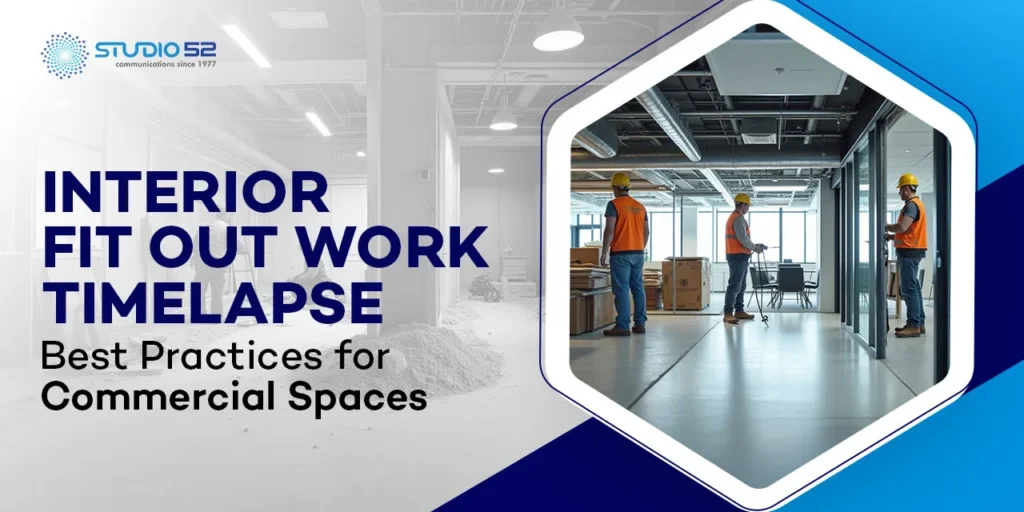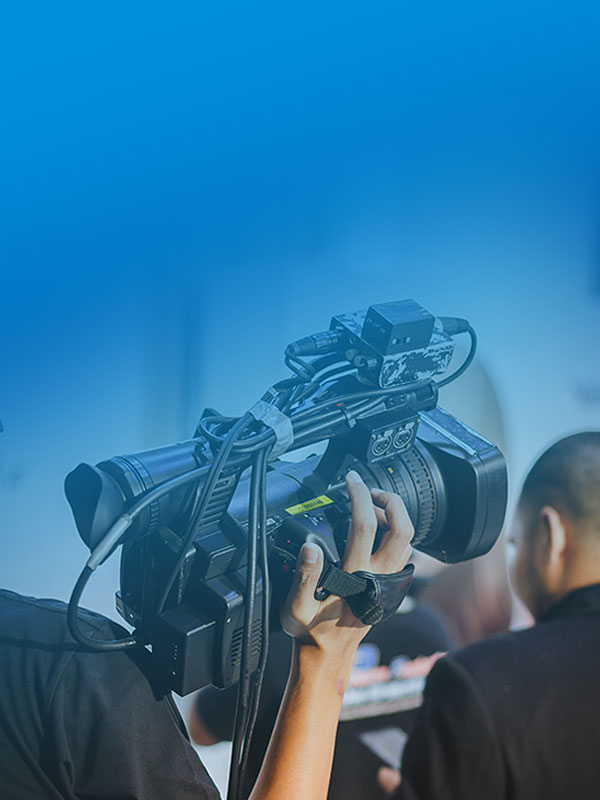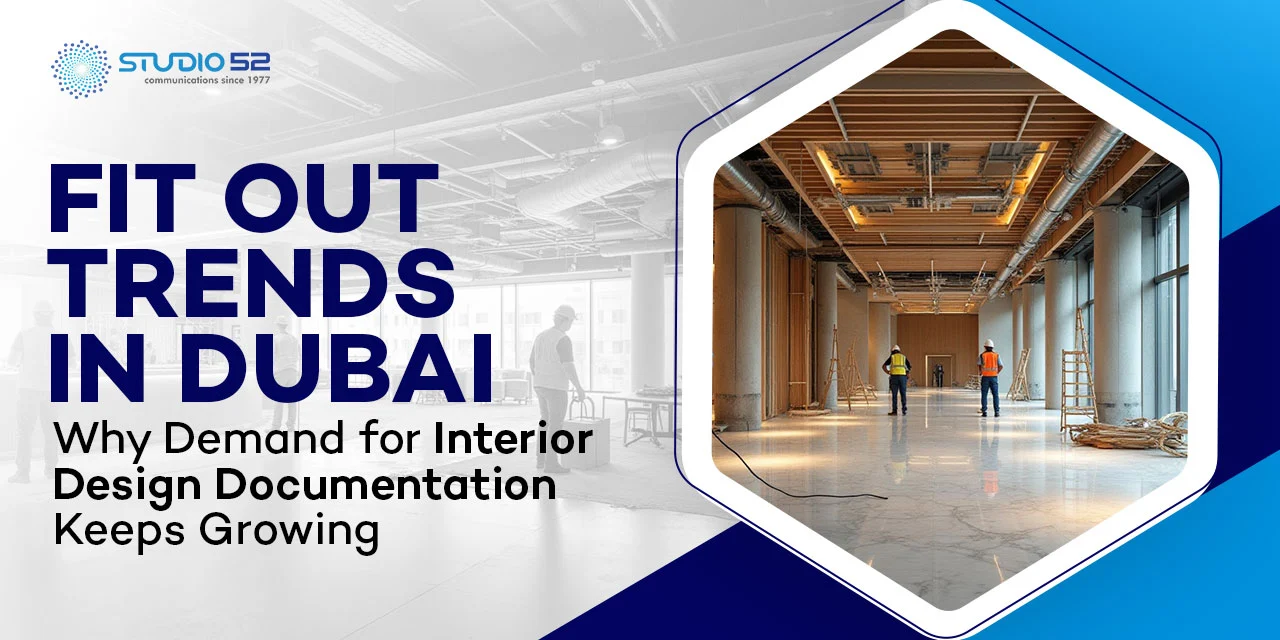Have you ever wished you could show clients the incredible transformation happening in their commercial space in a way that truly captures the scale and complexity of your work? Imagine being able to compress months of meticulous planning, coordination, and skilled craftsmanship into a captivating visual story that plays out in just a few minutes.
That’s exactly what interior fit-out work timelapse can do for your business. In today’s competitive commercial renovation market, where clients expect transparency, professionalism, and proof of progress, timelapse documentation has evolved from a nice-to-have novelty into an essential tool for successful contractors and interior designers.
But here’s the thing, creating effective timelapse content for commercial interior projects isn’t as simple as setting up a camera and hoping for the best. It requires strategic planning, technical expertise, and an understanding of what makes commercial spaces unique.
So, what does it take to create timelapse documentation that not only protects your business interests but also becomes a powerful marketing asset that sets you apart from competitors?
Table of Content
Understanding the Power of Interior Fit Out Work Timelapse
Picture walking into a client meeting where instead of explaining what you’ve accomplished over the past three months, you simply press play. Within minutes, your clients watch their empty commercial space transform from bare walls to a fully functional, beautifully designed workspace. The impact is immediate and undeniable, they see every stage of progress, understand the complexity of coordination required, and gain deep appreciation for the craftsmanship involved.
Key benefits driving the adoption of timelapse for commercial interiors:
- Project transparency builds stronger client relationships and trust
- Progress documentation provides legal protection and dispute resolution
- Marketing content showcases capabilities to potential clients
- Quality control allows remote monitoring and problem identification
- Team coordination improves communication among subcontractors
- Client engagement keeps stakeholders invested throughout the project timeline
The statistics are compelling: commercial contractors using timelapse documentation report 67% fewer project disputes, 43% higher client satisfaction scores, and 28% more referral business compared to those relying on traditional progress reporting methods.
Essential Equipment and Setup for Commercial Timelapse Projects
So, what exactly do you need to create professional-quality interior fit-out timelapse content? The answer depends on your project scope, but there are fundamental requirements that apply to most commercial interior renovations.
Choosing the Right Timelapse Camera for Renovations
Not all cameras are created equal when it comes to long-term commercial project documentation. The unique challenges of interior construction environments, dust, vibration, varying lighting conditions, and security concerns, require specialized equipment designed for extended deployment.
| Camera Type | Best For | Key Advantages | Typical Cost Range |
|---|---|---|---|
| Construction Timelapse Cameras | Long-term projects (3+ months) | Weatherproof, solar power, cellular connectivity | $300-800/month rental |
| Professional DSLRs | Short-term projects (1-4 weeks) | Superior image quality, lens flexibility | $100-300/month rental |
| Action Cameras | Small spaces, specific processes | Compact, versatile mounting | $50-150/month rental |
| 360-Degree Cameras | Comprehensive documentation | Complete space coverage | $200-500/month rental |
Strategic Camera Positioning for Maximum Impact
The positioning of your timelapse camera can make or break the effectiveness of your documentation. Unlike outdoor construction projects where a single elevated position often works well, commercial interior fit-outs require more strategic thinking about angles, lighting, and story flow.
Optimal positioning strategies for commercial interiors:
- Corner positions capture maximum floor area and show spatial relationships
- Central ceiling mounts provide comprehensive coverage but may interfere with construction
- Multiple camera angles tell a more complete story but increase complexity and cost
- Process-specific positioning highlights specialized work like millwork installation or technology integration
- Before/after comparison angles emphasize transformation impact
Professional timelapse services often recommend starting with a single, well-positioned camera for your first project, then expanding to multiple angles as you gain experience with the process and see the business benefits.
Planning Your Commercial Interiors Project Timelapse
Have you ever started a renovation project thinking it would take six weeks, only to find yourself still working three months later? Commercial interior fit-outs are notorious for timeline challenges, which makes planning your timelapse documentation both more complex and more valuable.
Pre-Project Planning Essentials:
Before the first wall comes down, you need a comprehensive plan that addresses both your construction timeline and your documentation goals. This isn’t just about knowing where to put the camera, it’s about understanding how the timelapse will integrate into your overall project management and client communication strategy.
Start by mapping out the major project phases and identifying the most visually compelling transformations. Which areas of the space will show the most dramatic change?
What construction activities will be most interesting to clients and prospects?
How will lighting conditions change throughout the project, and how will that affect your timelapse quality?
Timeline considerations for effective documentation:
- Project phases – Demolition, infrastructure, construction, finishing, furniture installation
- Access requirements – Building hours, security protocols, elevator usage
- Lighting management – Natural light variations, construction lighting, final lighting systems
- Safety compliance – Camera positioning that doesn’t interfere with safety protocols
- Weather factors – HVAC operation, seasonal lighting changes, humidity control
Coordination with Building Management and Teams
One aspect that many first-time timelapse users underestimate is the coordination required with building management, security teams, and other contractors. Your camera equipment needs to be secure, positioned safely, and accessible for maintenance without disrupting the construction workflow.
Professional timelapse providers often serve as liaisons between your construction team and building management, ensuring all security and access requirements are met while maintaining the quality and consistency of your documentation.
Technical Best Practices for Interior Construction Documentation
The technical quality of your timelapse can make the difference between impressive marketing content and amateur-looking footage that doesn’t effectively showcase your capabilities. Commercial clients expect professional results, and your timelapse documentation should reflect the same level of quality they see in your actual construction work.
Lighting Management in Commercial Spaces
Interior spaces present unique lighting challenges that outdoor construction timelapse projects don’t face. You’re dealing with changing natural light throughout the day, varying artificial lighting as electrical systems are installed and modified, and the need to maintain consistent exposure across different project phases.
Image Quality and Resolution Standards
In today’s digital marketing environment, image quality isn’t negotiable. Clients and prospects expect high-definition content that looks professional on everything from smartphone screens to large presentation displays. This means planning for 4K resolution, ensuring proper color balance, and maintaining sharp focus throughout the extended filming period.
Data Management and Security
Commercial timelapse projects generate enormous amounts of data over extended periods. A typical three-month interior renovation project might produce thousands of high-resolution images that need to be stored, backed up, and organized for easy access and post-production work.
Overcoming Common Challenges in Commercial Timelapse Projects
Every commercial interior fit-out project presents unique challenges, and timelapse documentation comes with its own set of potential issues that need to be anticipated and managed proactively. Understanding these challenges before you start helps ensure your project stays on track and delivers the results you’re expecting.
Security and Equipment Protection
Commercial construction sites can be challenging environments for expensive camera equipment. You’re dealing with dust, vibration, potential theft, and the possibility that construction activities might interfere with your camera positioning. Professional timelapse solutions address these challenges through secure mounting systems, protective housing, and insurance coverage that protects your investment.
Managing Client Expectations
One of the most important aspects of successful timelapse projects is setting clear expectations with clients about what the final product will look like and how it will be delivered. Some clients expect Hollywood-style productions, while others may not understand the value of professional post-production work that transforms raw timelapse footage into compelling marketing content.
Common client expectation challenges:
- Timeline misunderstandings – Explaining that timelapse creation extends beyond construction completion
- Quality expectations – Helping clients understand the difference between raw footage and finished productions
- Usage rights – Clarifying how timelapse content can be used for marketing and promotional purposes
- Cost justification – Demonstrating ROI through improved client relationships and marketing opportunities
Construction Workflow Integration
The most successful timelapse projects are those that integrate seamlessly into the construction workflow without creating additional complications or delays. This requires coordination with project managers, clear communication with subcontractors, and flexible equipment positioning that adapts to changing construction needs.
Post-Production: Transforming Raw Footage into Marketing Gold
The magic of timelapse happens in post-production, where months of construction activity are compressed into compelling visual stories that showcase your capabilities and engage audiences. But effective post-production goes beyond simply speeding up footage, it requires understanding of pacing, storytelling, and the specific needs of commercial construction marketing.
Creating Compelling Visual Narratives
Raw timelapse footage tells a story, but professional post-production transforms that story into compelling content that serves your business objectives. This might involve highlighting specific construction techniques, showcasing problem-solving capabilities, or emphasizing the transformation from empty space to functional commercial environment.
Post-production elements that enhance commercial timelapse:
- Strategic pacing – Varying speeds to emphasize different construction phases
- Smooth transitions – Professional editing that maintains visual flow
- Color correction – Ensuring consistent appearance despite changing lighting conditions
- Motion stabilization – Removing camera shake and vibration effects
- Audio integration – Adding music or narration that enhances the visual story
- Branding elements – Incorporating logos, contact information, and company messaging
Multiple Output Formats for Different Applications
Your timelapse content should work across multiple platforms and applications. You’ll need different versions for social media posts, client presentations, website content, and proposal materials. Professional post-production services typically deliver multiple formats optimized for different uses.
ROI and Business Benefits of Professional Timelapse Documentation
Investing in professional interior fit-out work timelapse isn’t just about creating impressive videos it’s about generating measurable business value that justifies the investment and contributes to your company’s growth and success.
Quantifiable Benefits for Commercial Contractors
The business case for timelapse documentation becomes clear when you examine the multiple ways it contributes to your bottom line. From improved client relationships to reduced project disputes, from enhanced marketing capabilities to better project management insights, the ROI often exceeds initial expectations.
| Business Benefit | Typical Improvement | Annual Value for Mid-Size Contractor |
|---|---|---|
| Reduced Disputes | 67% fewer project conflicts | $25,000-50,000 saved in legal costs |
| Improved Client Retention | 43% higher satisfaction scores | 15-20% increase in repeat business |
| Enhanced Marketing | 28% more qualified leads | $75,000-150,000 additional revenue |
| Project Efficiency | 12% better timeline adherence | $30,000-60,000 in cost savings |
Long-term Marketing Asset Development
Each timelapse project becomes a permanent marketing asset that continues generating value long after construction completion. These assets can be used in proposals, website content, social media campaigns, and client presentations for years to come.
Client Relationship and Trust Building
Perhaps the most valuable benefit of timelapse documentation is the trust and transparency it creates with clients. When clients can see exactly what’s happening on their project, when progress is clearly documented, and when the complexity of your work is visually demonstrated, relationships become stronger and more collaborative.
Future Trends in Commercial Timelapse Technology
The technology behind timelapse documentation continues evolving rapidly, with new capabilities that make it more accessible, more powerful, and more valuable for commercial interior contractors. Understanding these trends helps you make informed decisions about current investments and future planning.
Emerging Technologies
Artificial intelligence is beginning to play a significant role in timelapse creation, from automated camera positioning to intelligent editing that identifies and highlights the most compelling moments in construction projects. These advances are making high-quality timelapse more accessible while reducing the technical expertise required for successful implementation.
Integration with Project Management Systems
Modern timelapse solutions increasingly integrate with popular project management platforms, automatically organizing footage by project phase, generating progress reports, and providing stakeholders with real-time access to visual project updates.
Virtual and Augmented Reality Applications
Forward-thinking contractors are beginning to experiment with VR and AR applications that allow clients to experience their space transformation in immersive ways, combining timelapse documentation with interactive design visualization tools.
Conclusion: Elevating Your Commercial Interior Projects Through Professional Documentation
As the commercial construction industry becomes increasingly competitive and clients demand greater transparency and professionalism, timelapse documentation has evolved from an optional add-on to an essential business tool. The evidence is clear: contractors who invest in professional interior fit-out work timelapse enjoy stronger client relationships, fewer disputes, enhanced marketing capabilities, and measurable competitive advantages.
The key to success lies in approaching timelapse as a strategic business investment rather than a technical challenge. When you partner with experienced professionals who understand both the construction industry and the nuances of effective visual storytelling, you gain access to capabilities that would be difficult and expensive to develop in-house.
In the UAE’s fast-paced construction and events industry, every detail matters, and how you document those details can set you apart. At Studio52, we specialize in creating professional fit-out and exhibition timelapse solutions that don’t just capture progress, but tell powerful stories that impress clients, streamline project management, and elevate your brand on a global stage.



